The Iwi of Raukawa descends from the eponymous ancestor, Raukawa.
The iwi of Raukawa descends from the eponymous ancestor, Raukawa. Raukawa is the eldest child of his father Tūrongo of the Tainui waka and his mother, the celebrated Māhina-a-rangi of the Takitimu waka. His birth was significant as a bridge joining the people of the west and east coast of the North Island.
The story of Tūrongo and Māhina-a-rangi is an epic love story.
Their courtship was immortalised in the naming of their son Raukawa. Etched within the cultural memory of the iwi was the journey undertaken by a heavily pregnant Māhina-a-rangi from her lands to her husband’s. This highlighted the determination, strength and courage of our ancestors to set the foundation of the iwi and to create a connection to the land.
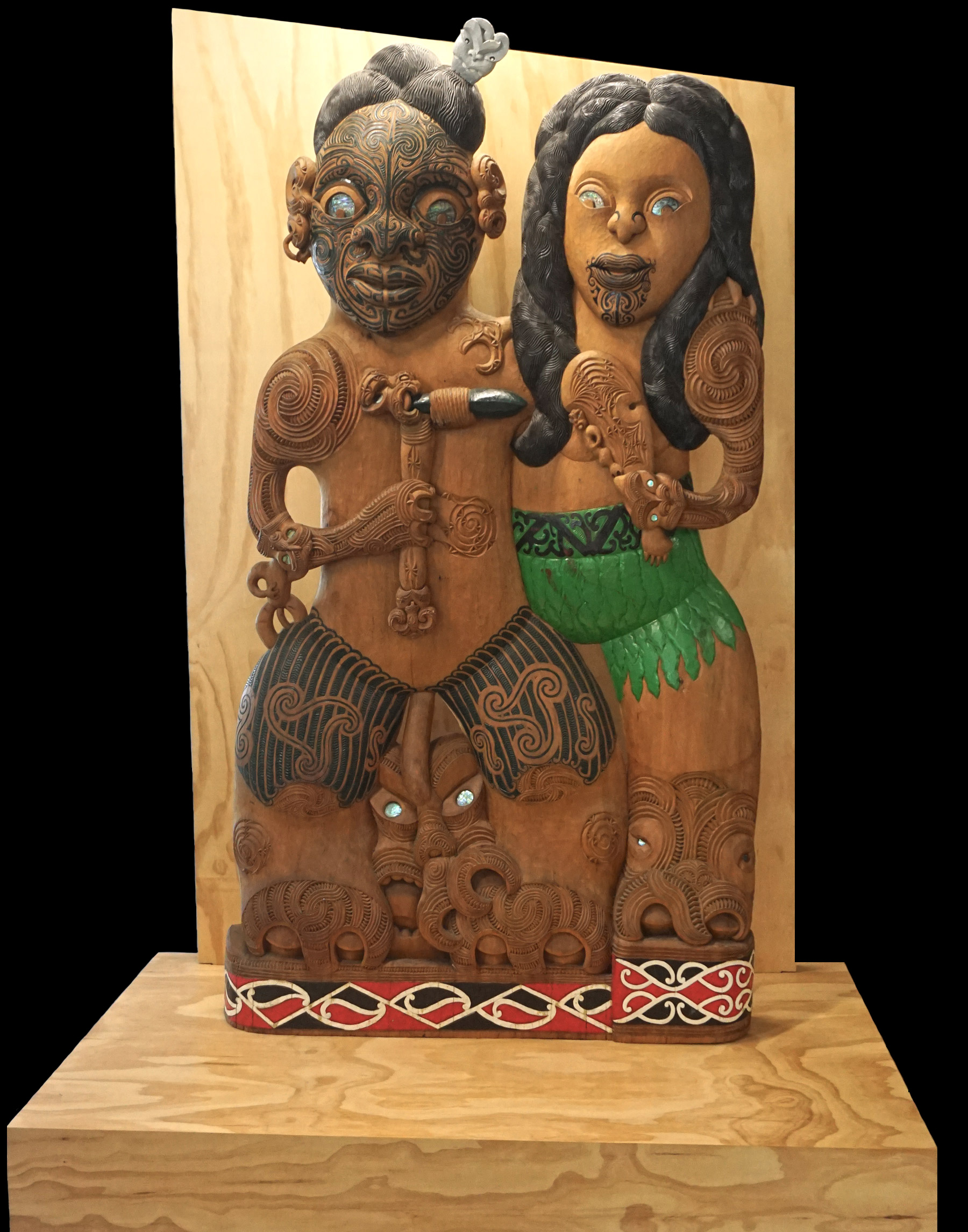
Tūrongo and Māhina-a-rangi (located at Te Whare o Raukawa, Tokoroa).
Tūrongo and Māhina-a-rangi
The traditional Raukawa takiwā is divided into four rohe.
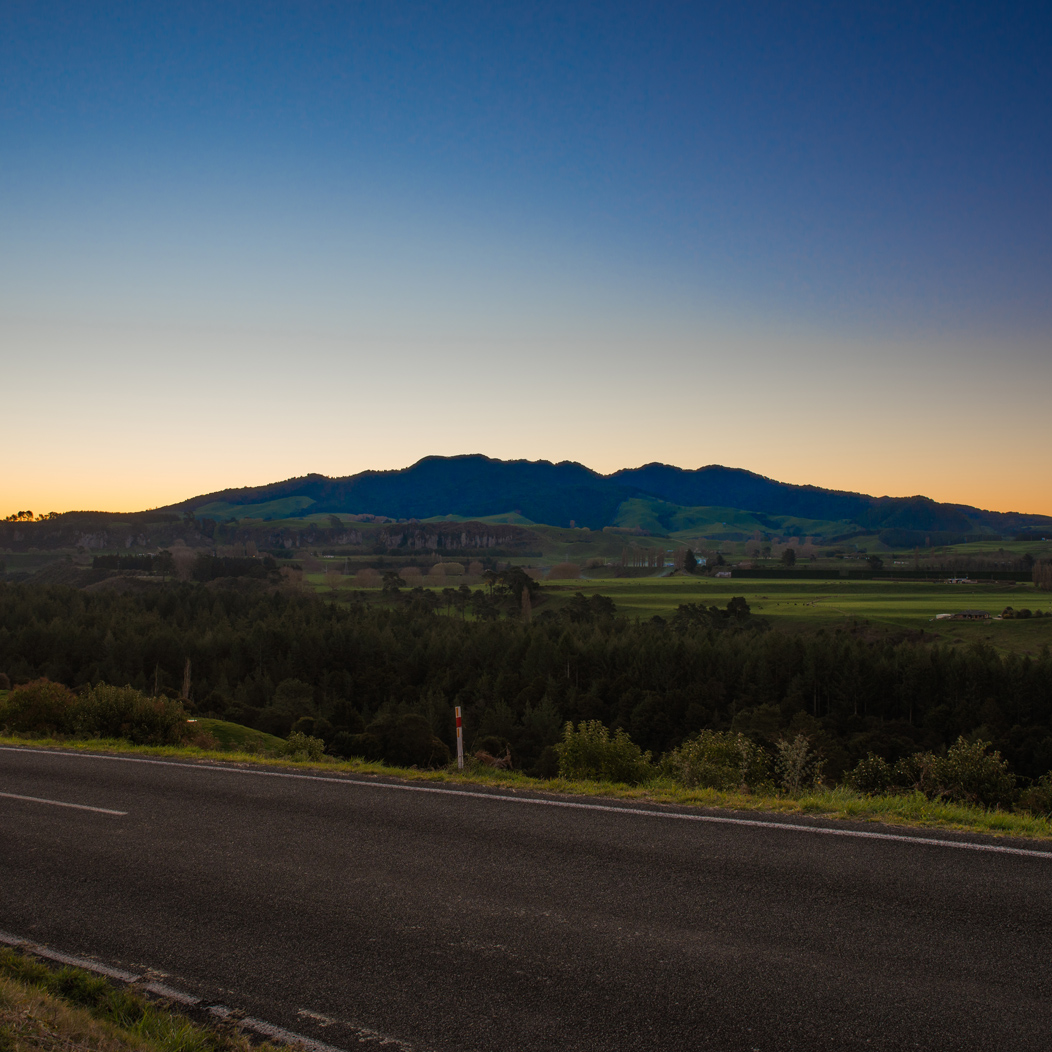
Maungatautari
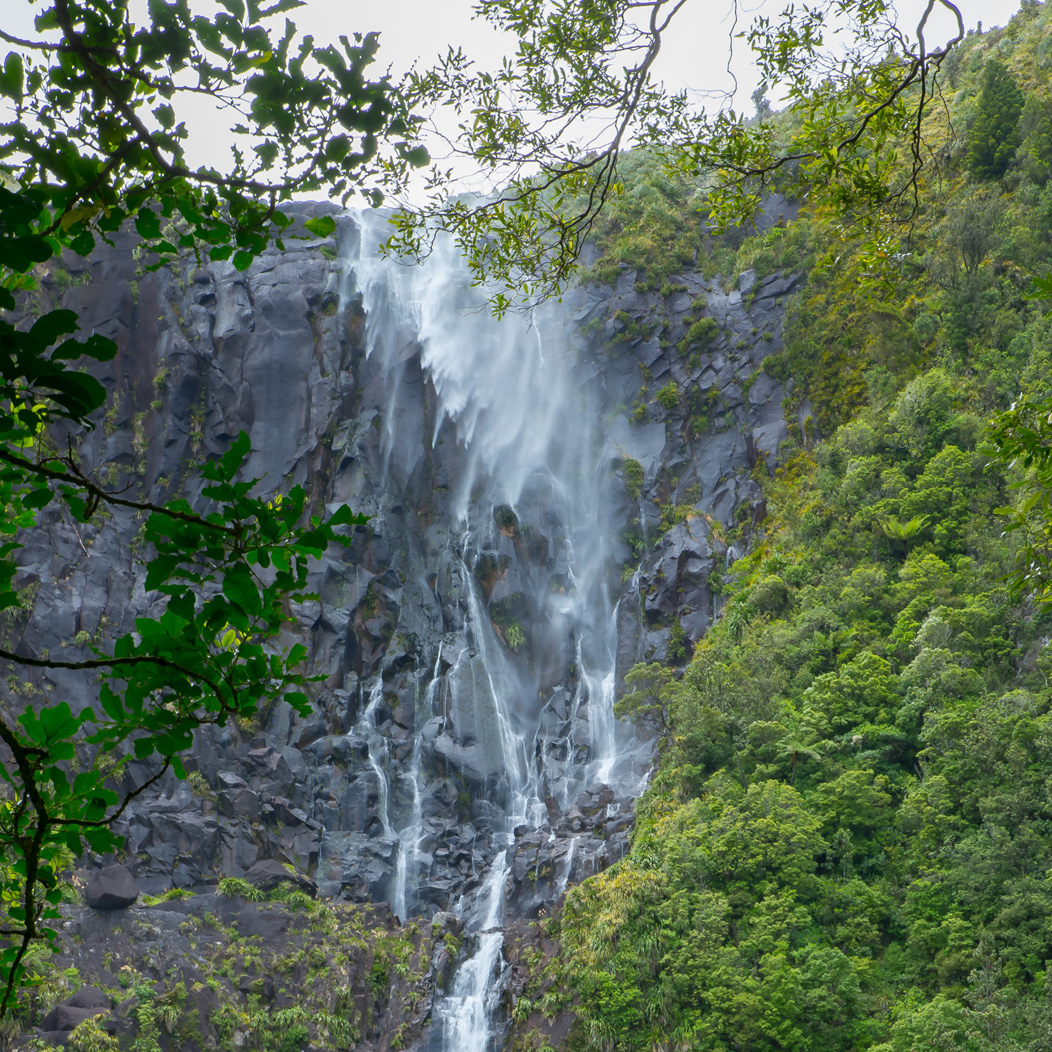
Te Kaokaoroa o Pātetere
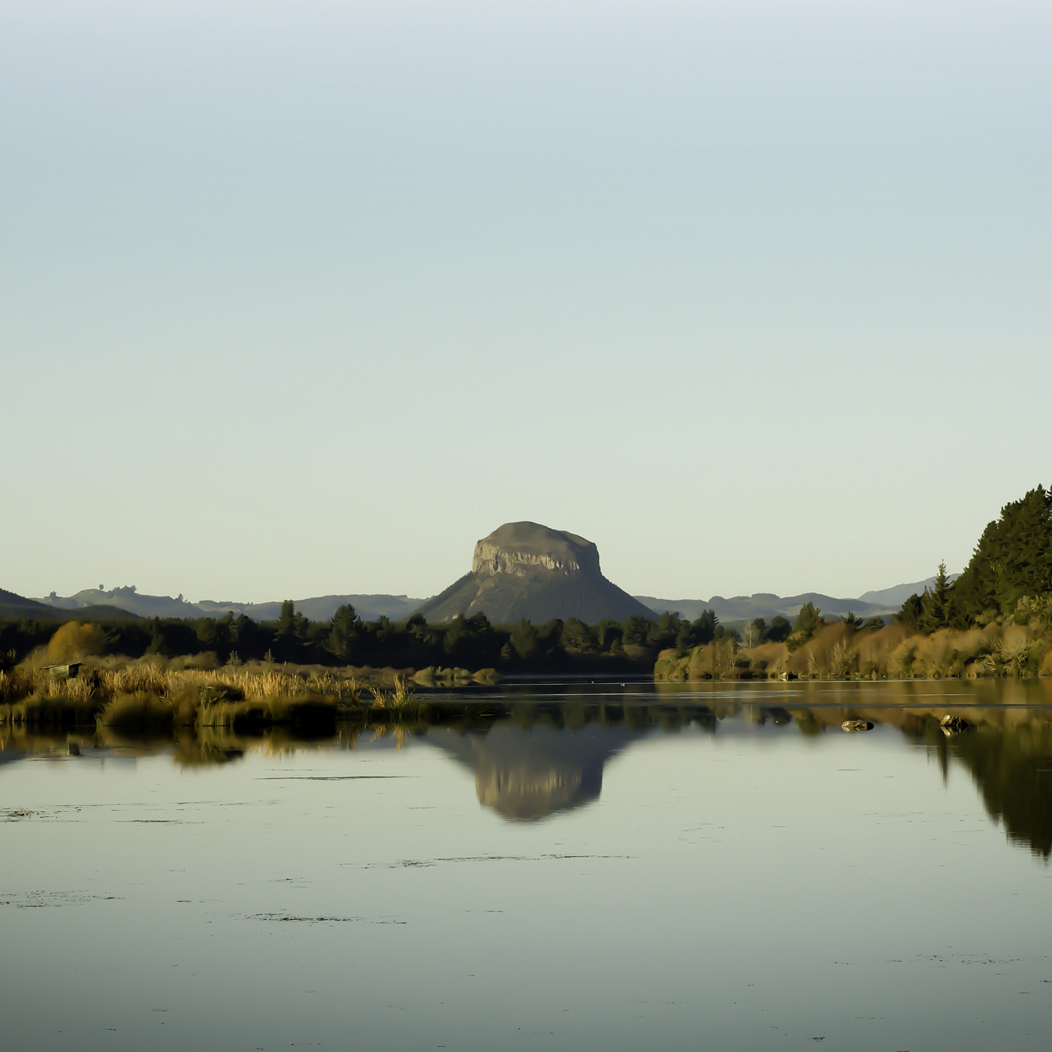
Te Pae o Raukawa
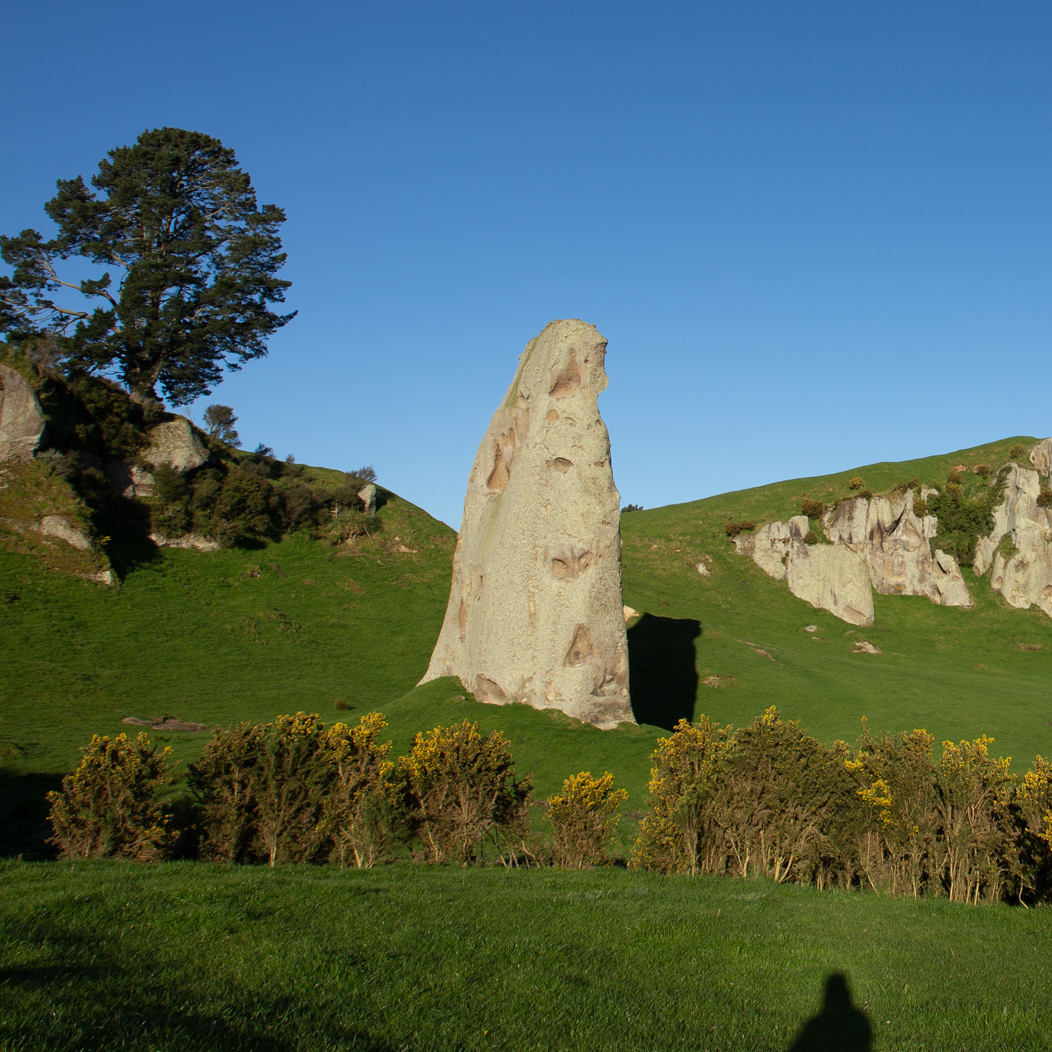
Wharepūhunga
Each rohe has its own unique, but interrelated histories and geographic features, and are delineated by traditional pou whenua. These pou are known as Maungatautari in the north, stretching to the Wairere Falls within the Kaimai Ranges. This is the northern tip of the eastern pou known as Te Kaokaoroa-o-Pātetere. To the south is the pou Te Pae o Raukawa that includes the Western Bays of Lake Taupō, and to the west of the takiwā is the pou known as Wharepūhunga.
During the 1820s, some sections of Raukawa migrated to the Rangitikei, Manawatū, Horowhenua and Kāpiti districts.
Over time the Southern and Central North Island Raukawa descendants developed distinct and separate identities.
Raukawa descendants of the Central North Island do not consider themselves as Ngāti Raukawa. Ngāti literally means to be a part of (or branch of) and as the tupuna Raukawa was born, lived and died within the Central North Island, we therefore rightly consider ourselves to be Raukawa.
This kōrero was endorsed and supported by the Raukawa Kaunihera Kaumātua Collective in 1989.
Ngāti Raukawa landmarks in the south of the north island
Origins
The Ngāti Raukawa Trust Board (NRTB) was developed in 1987 by Raukawa kaumātua to meet the social, economic and cultural needs of the iwi. In 1989, the NRTB was renamed the Raukawa Trust Board (RTB).
Politically, the establishment of the NRTB set in motion the opportunity for Raukawa to advance its relationship with the Crown, which was virtually non-existent prior to then.
The Raukawa identity was in crisis and its survival relied heavily upon a small group of elders. To them, it became clear that in order for Raukawa to survive as independent people, then Raukawa needed to assert its voice politically.
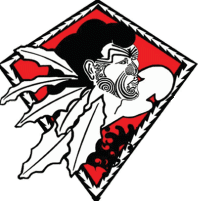
Raukawa Trust Board Logo
Kaumātua considered a number of pre-conditions before any Board could be recognised as an iwi authority.
These conditions were:
- That the Trust Board would hold the mandate to represent the entire iwi;
- That the neighbouring Trust Boards approved of the creation of the new authority;
- That Raukawa are the tangata whenua of the area covered by the Trust Board; and
- That the Trust Board had the organisational capability to administer any funding that it may receive.
In a major consultative hui-a-iwi in December 1986, it was unanimously agreed that a Trust Board would be created.
The purpose of the Board was described as being:
- To clarify on the basis of whakapapa, the identity of Raukawa and his uri; and
- To become an iwi authority in their own right in order to exercise self-determination on behalf of and for the benefit of Raukawa.
Unlike some Trust Boards, the Ngāti Raukawa Trust Board would not be a statutory board declared under the Māori Trust Boards Act 1955. Rather, the first step to achieving government recognition of the NRTB was to become incorporated under the Charitable Trust Act 1957. This provided the NRTB with a legal identity that was not constrained by the limiting requirements of the Māori Trust Boards Act 1955.
The original Wai 443 claim was lodged in 1989 by the then Raukawa Trust Board Chairman Wally Papa and trustees on behalf of the iwi. It was intended that the Wai 443 would be the overarching claims for Raukawa. Any other Raukawa claims within the central North Island should, wherever possible, be consolidated with the Wai 443. This, however, proved difficult and took 18 years to collectivise the various Raukawa claims. In the meantime a number of kaumātua, acting under the Wai 443 and other claims, maintained a presence in Waitangi Tribunal inquiries in areas such as the Pouakani Block, the Central North Island and Tauranga. The evidence that those kaumātua prepared for these inquiries would prove invaluable for later Tribunal inquiries and settlement negotiations.
In 2007, the RTB was the mandated iwi authority. The RTB held hui with marae within the takiwā and a single theme pervaded the conversations: What was happening with the Treaty claims?
A cause of this unease was because of inertia around the Treaty claims of Raukawa, while at the same time settlement processes and Waitangi Tribunal hearings were occurring regarding the claims of neighbouring iwi. These had the potential to impact on the Raukawa claims and were creating the perception that Raukawa was being left behind.
In 2007, Chris McKenzie (Ngāti Tūkorehe, Ngāti Kauwhata, and Ngāti Mahuta) was asked to lead the Treaty claims. McKenzie was initially employed by the RTB as the Education Manager prior to his secondment.
He started contacting Raukawa claimants. His first port of call was at a hui in early 2007 where he met with the leading members of the Raukawa Kaunihera Kaumātua and secured their support.
Buoyed by the outcome with the kaumātua, McKenzie went on to visit the individual claimants in the hope of forming a single LNG (Large Natural Grouping).
McKenzie set up a Treaty education program to address issues raised by the iwi. The purpose of the program was to educate Trustees, claimants and uri members about the Treaty settlement process.
McKenzie also organised for other iwi negotiators to share their experiences with the iwi. This was another watershed moment for the iwi, as following these wānanga the iwi chose to pursue direct negotiations, while still participating in the Waitangi Tribunal.
At this time the Waitangi Tribunal had also begun its inquiry into the King Country. While Raukawa claimants had previously progressed Raukawa claims in other Tribunal process, it was felt that a co-ordinated Raukawa presence must be maintained in this inquiry. The team argued that Raukawa participation in any record of inquiry was a necessity as Raukawa was a major participant to the Rohe Pōtae compact and that our absence in the Inquiry would adversely affect the iwi.
In 2007, Stephanie O’Sullivan joined the team to lead the Waikato River negotiations. O’Sullivan had been the Environment manager for the RTB prior to her secondment to the Treaty role.
With McKenzie working on the comprehensive claims and O’Sullivan on the Waikato River, the team came to the attention of the Crown and neighbouring iwi. This was a significantly challenging time for the team as the overlapping iwi discussions became very heated at times.
This generated interest amongst uri members with many making themselves available to assist. This resulted in an iwi wide project that focused on the transcription of the Native Land Court minute books. Over 70 uri members participated in the project that saw over 10,000 pages of minutes digitised.
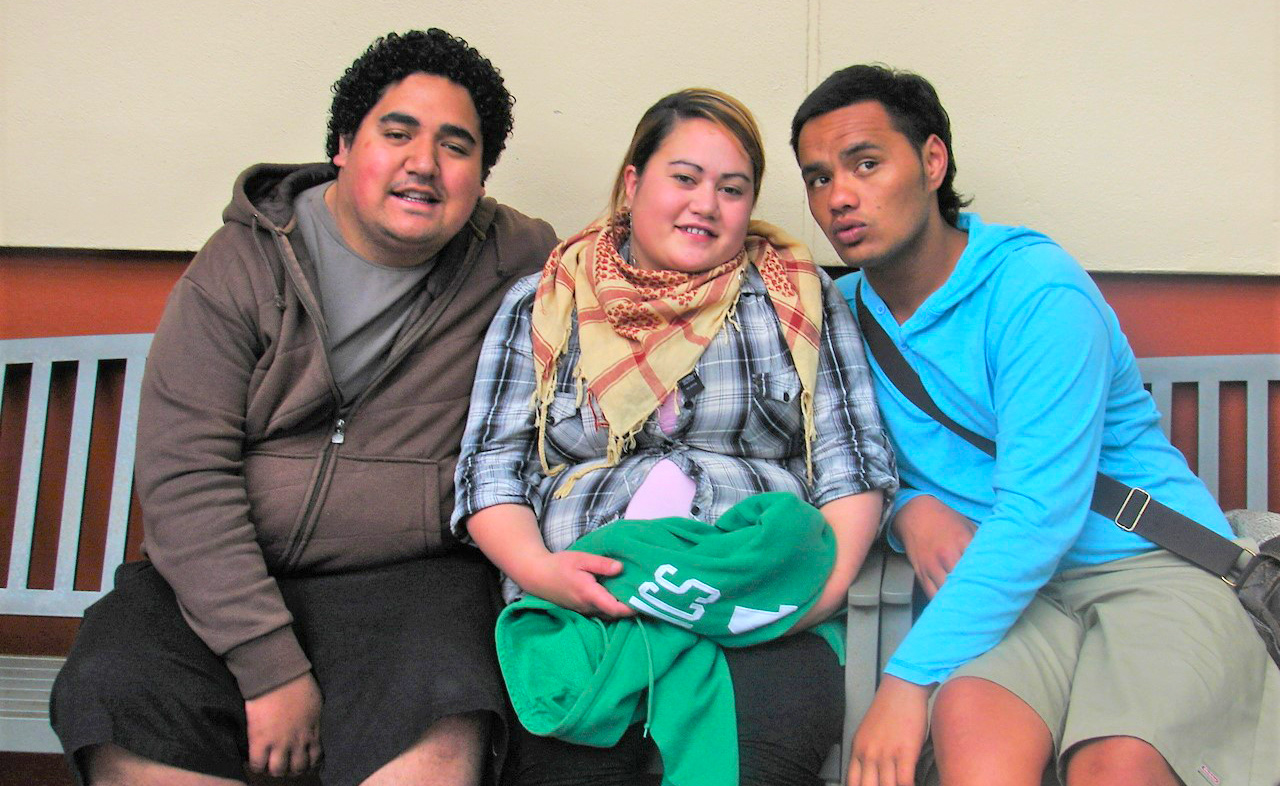
Three original transcribing members
The Raukawa Settlement Trust (the RST) arose out of the Central North Island Forest Settlement (the CNI).
On the 19 January 2008, members of the CNI namely; James Carlson from Ngāti Whare and Dixon Chapman from Ngāti Tūwharetoa, came to the Raukawa Trust Board in Tokoroa, to meet and convince the board to join and become members of the CNI. In June of 2008 Raukawa, together with seven other iwi signed the CNI Deed of Settlement at parliament. In order to receive the redress from that settlement, the RTB had to create a new fit for purpose board.
Crown policies had changed since the RTB’s establishment and now, although it was registered under the Charities Act, the RTB was unable to receive redress as it fell outside the new Crown rules. As a result, throughout 2008 to June 2009, the Raukawa Trust Board worked on creating a new Post Settlement Governance Entity (PSGE) to receive the benefits of the settlement.
During this time, the RTB continued to act as the mandated board. By June 2009, the RST was established and on July 1, 2009, the redress from the CNI settlement was received by Raukawa.
During this period the RST continued to refine its infrastructure, deed and processes. It also began the process of transitioning its assets and staff to the new entity.
In April 2010 uri of Raukawa agreed to transfer the mandate for ongoing Treaty settlement negotiations to the RST. In June, the Crown recognised the transfer of mandate from the RTB to the Raukawa Settlement Trust.
Raukawa Settlement Trust Structure
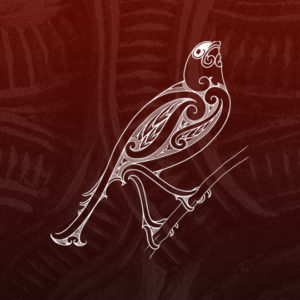
Raukawa Settlement Trust
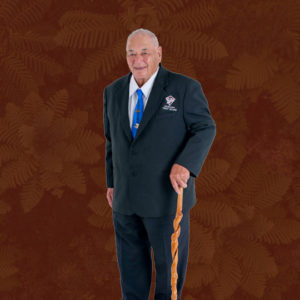
Kaunihera Kaumātua

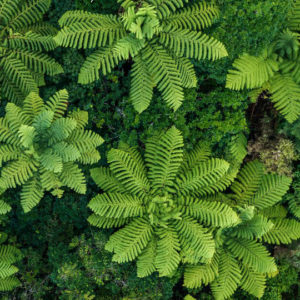
Raukawa Iwi Development Limited
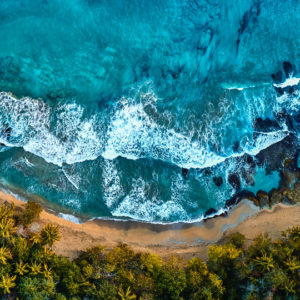
Raukawa Asset Holding Company
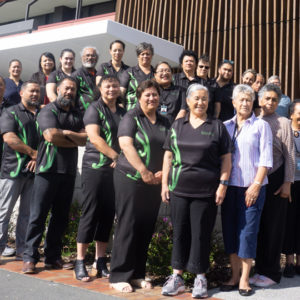
Raukawa Charitable Trust (RCT)
The RST: The RST is the mandated post settlement governance entity for the iwi of Raukawa. It has 16 elected trustees who are elected by members of each of the affiliated Raukawa marae.
RST Trustees
Each trustee serves a term of 3 years. The RST reports back to the iwi at its Annual General Meeting.

Vanessa Eparaima
Mokai Marae
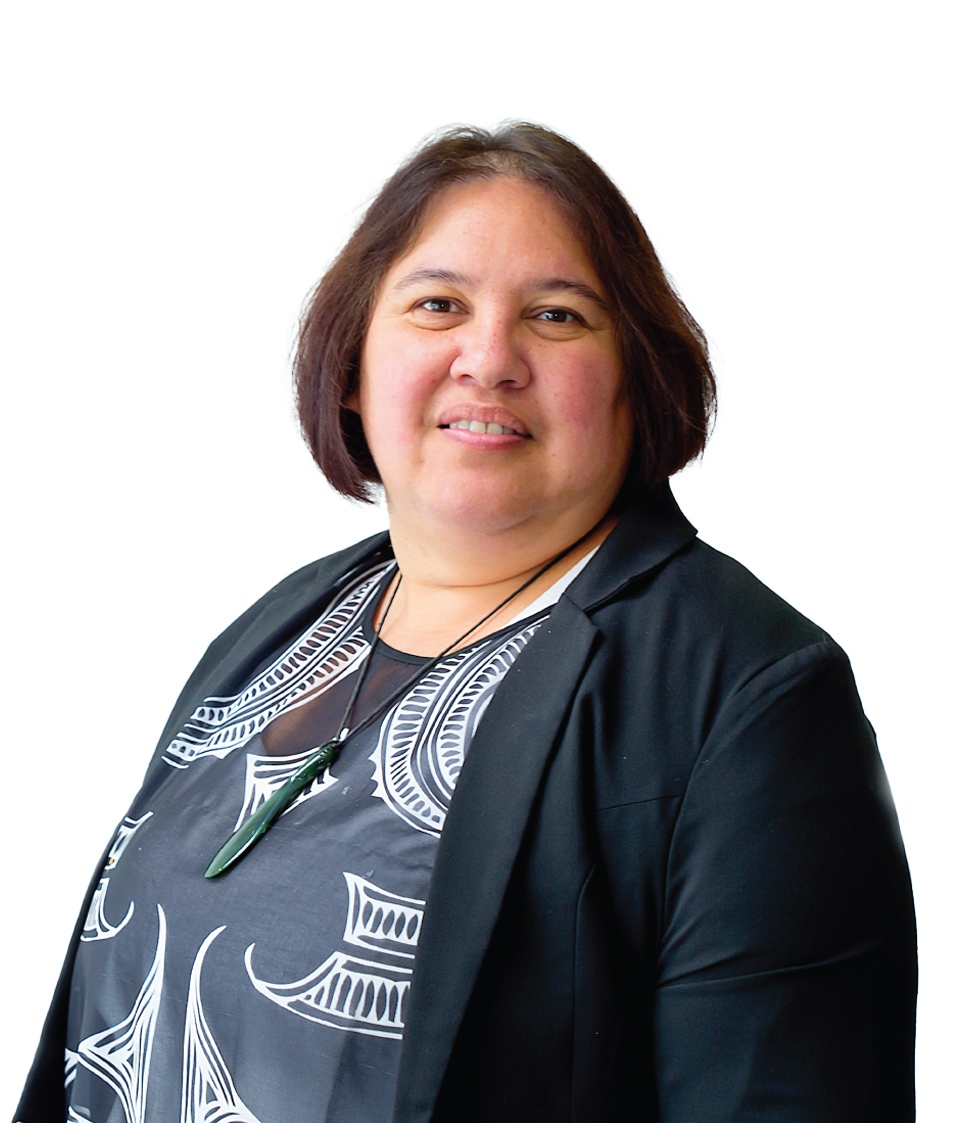
Deb Davies
Pikitū Marae
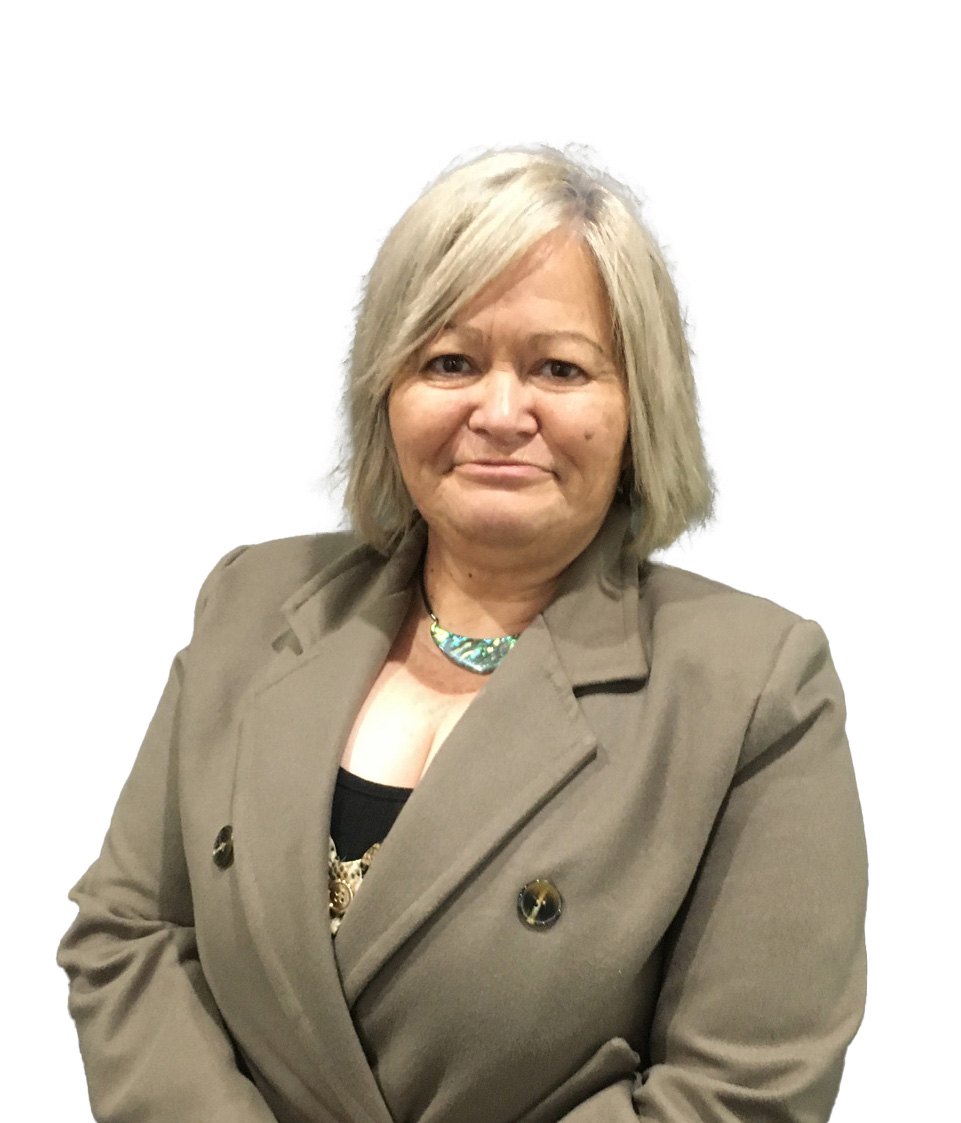
Marion Hohepa
Whakamārama Marae
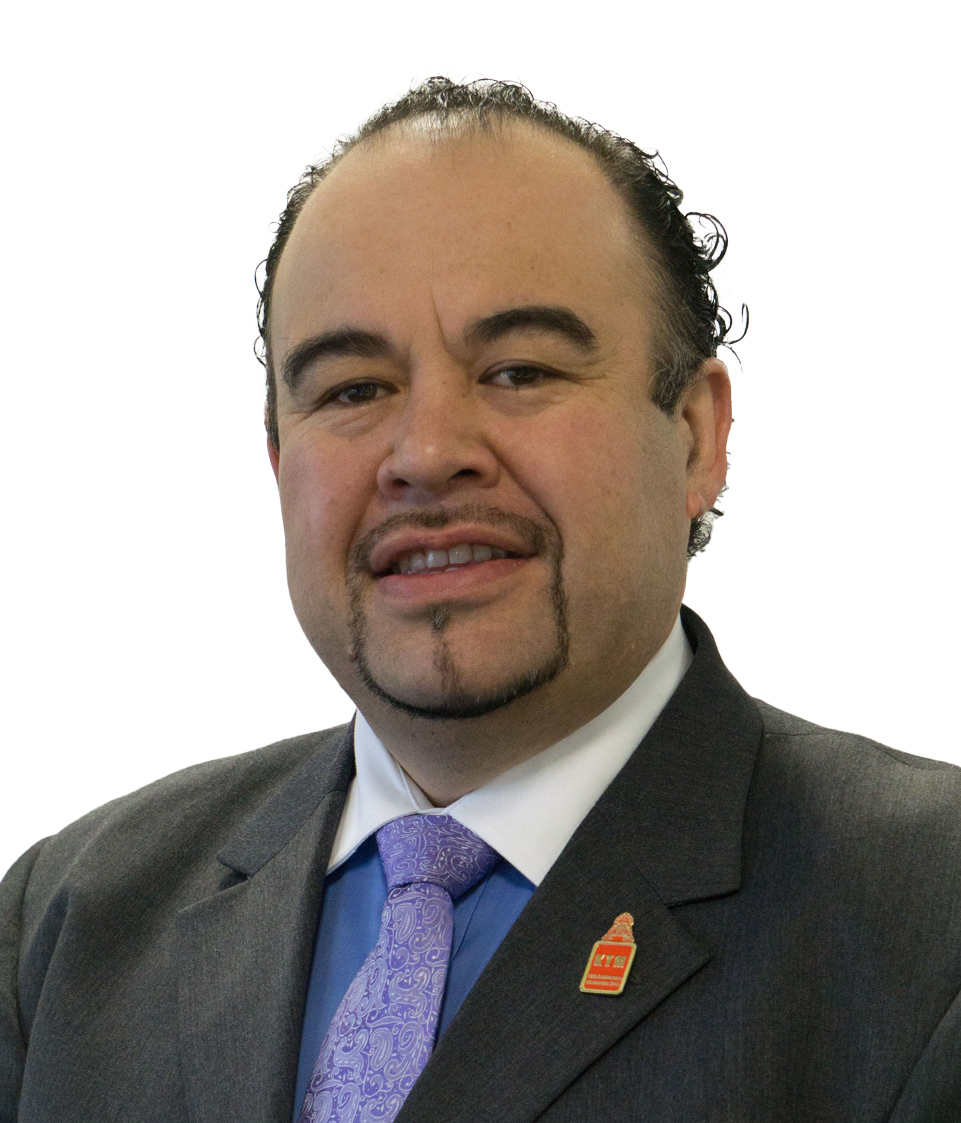
Paraone Gloyne
Rāwhitiroa (Owairaka)
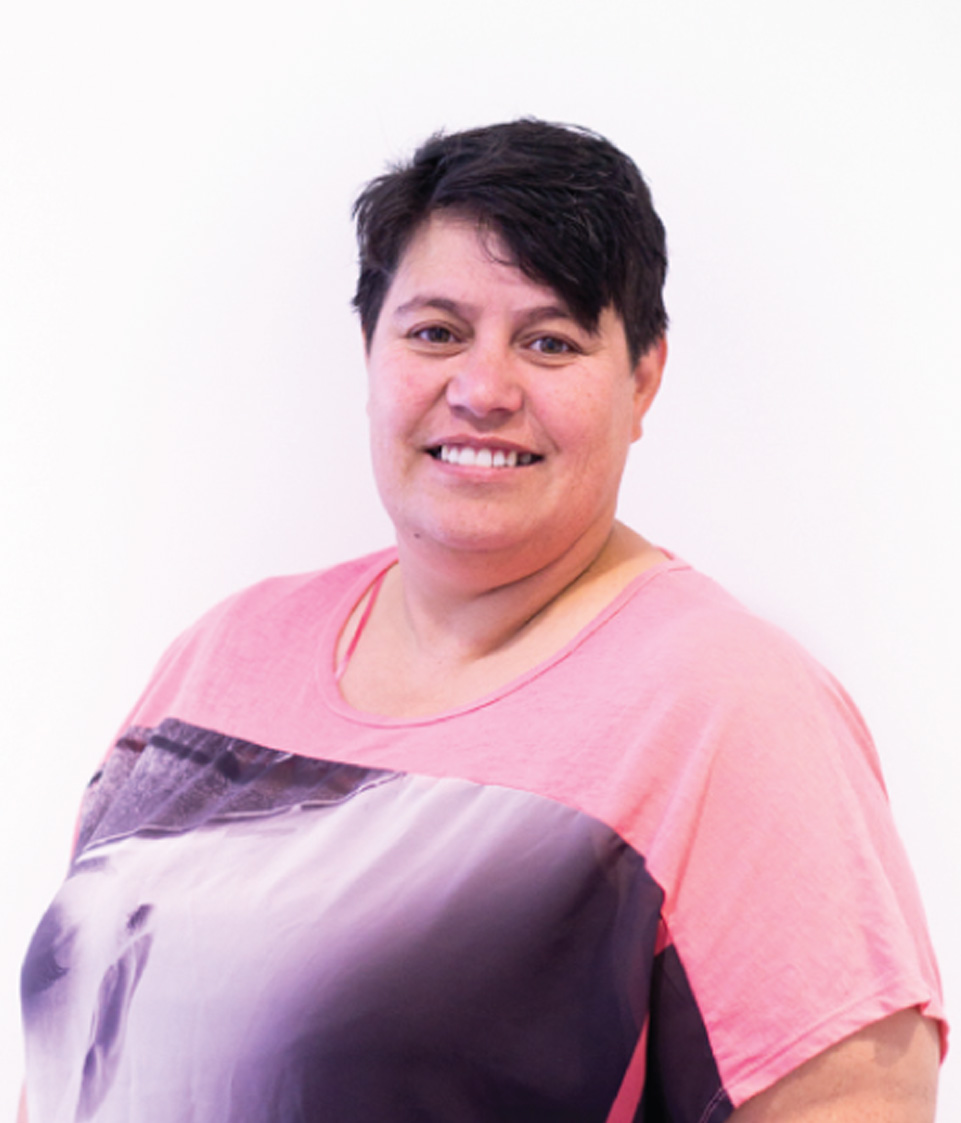
Nachelle Griffiths
Ōngaroto Marae
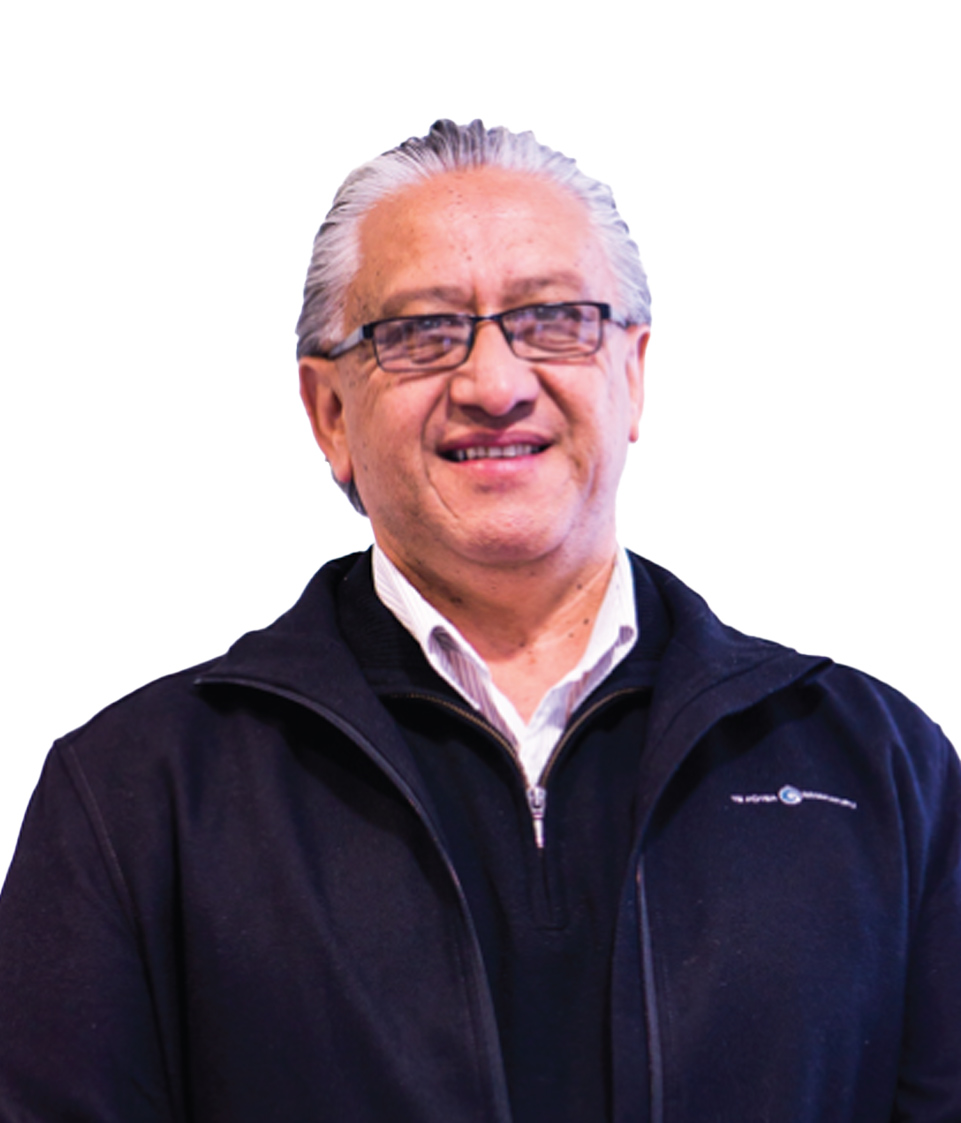
Richard Jefferies
Ruapeka Marae
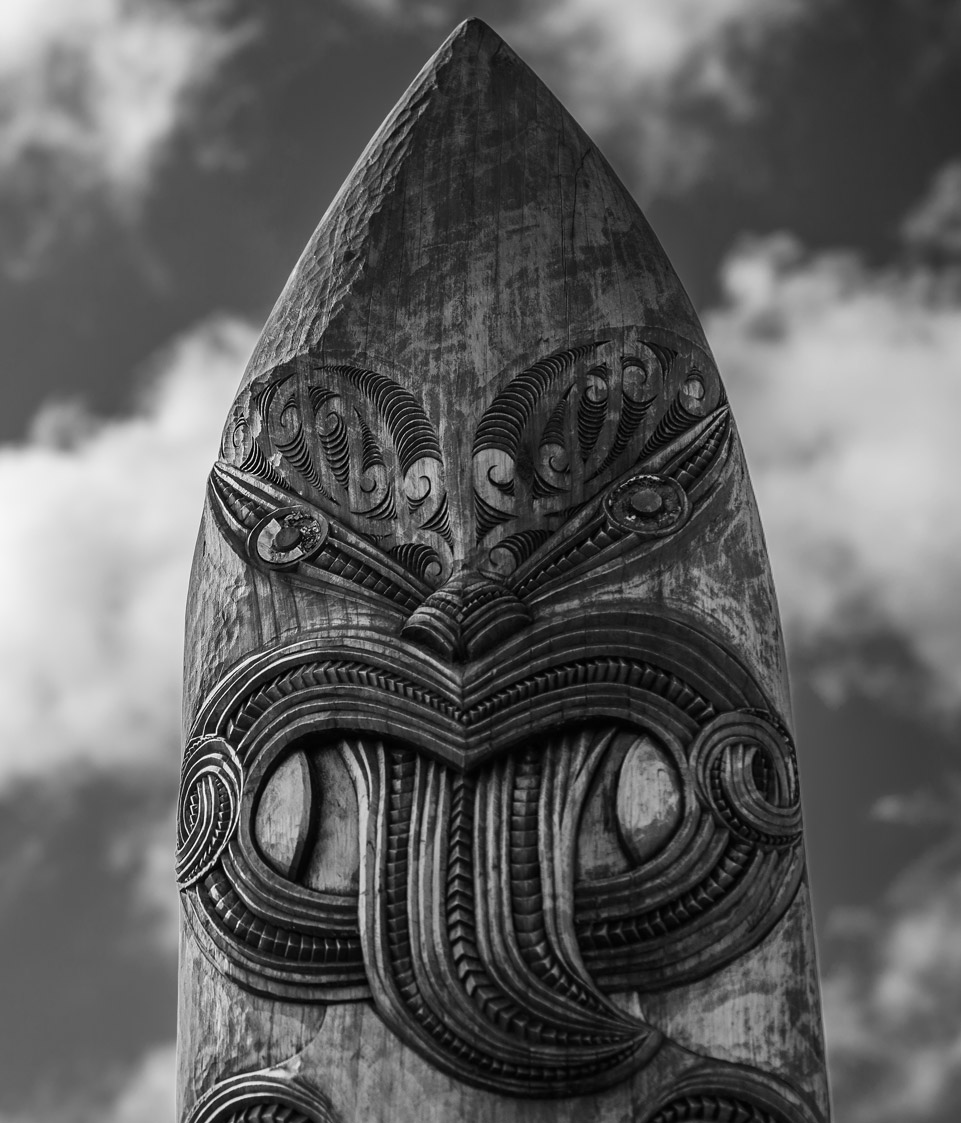
Bernice Kaponga
Ngātira Marae
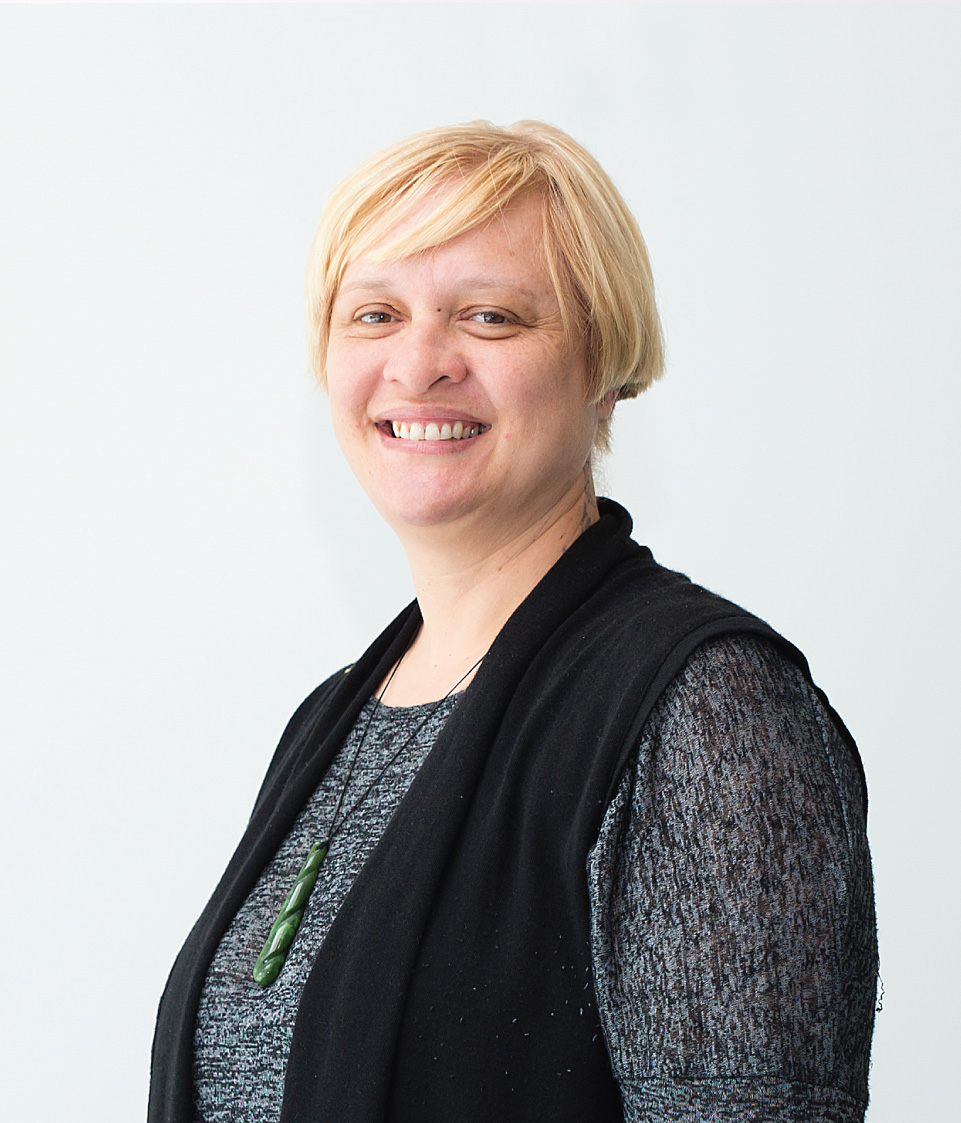
Cheryl Pakuru
Ūkaipō Marae
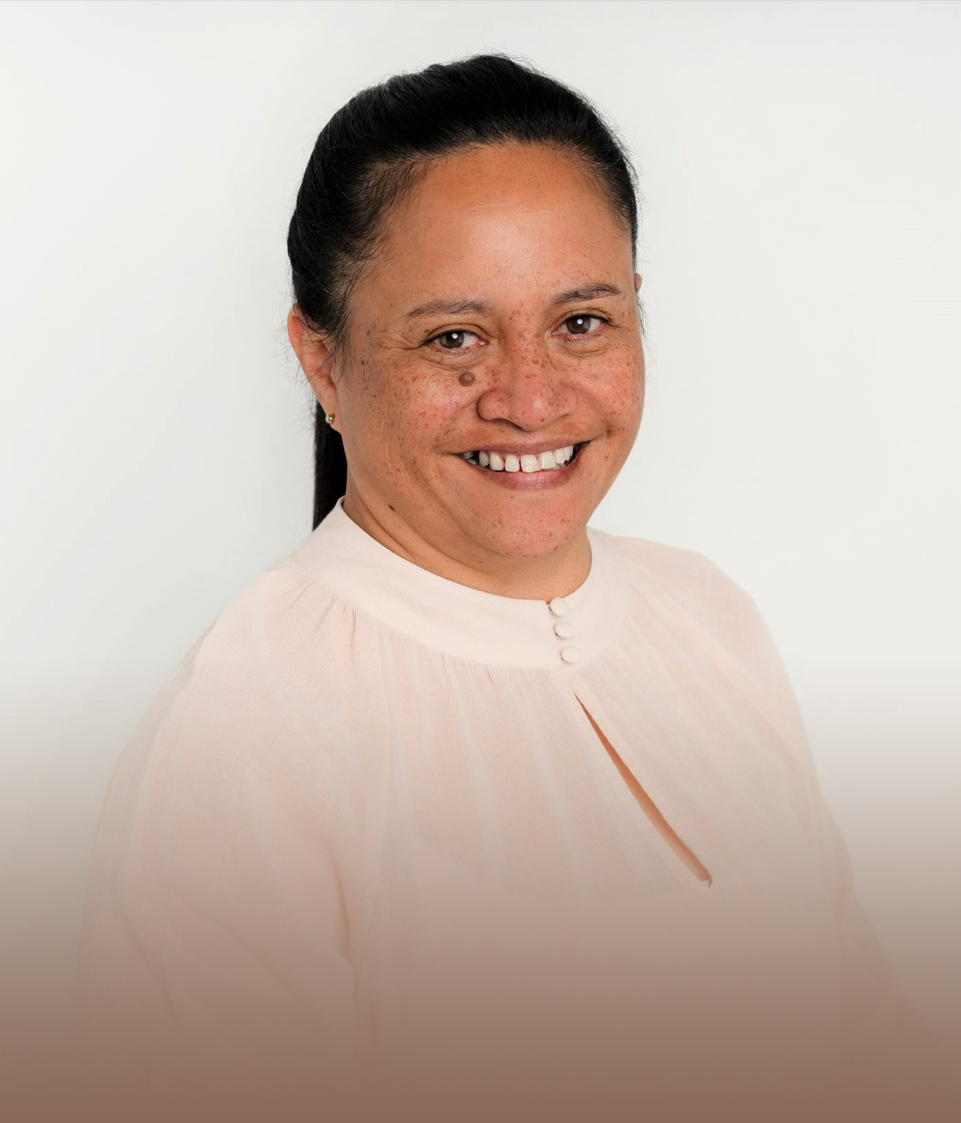
Phillipa Tapu
Parawera Marae
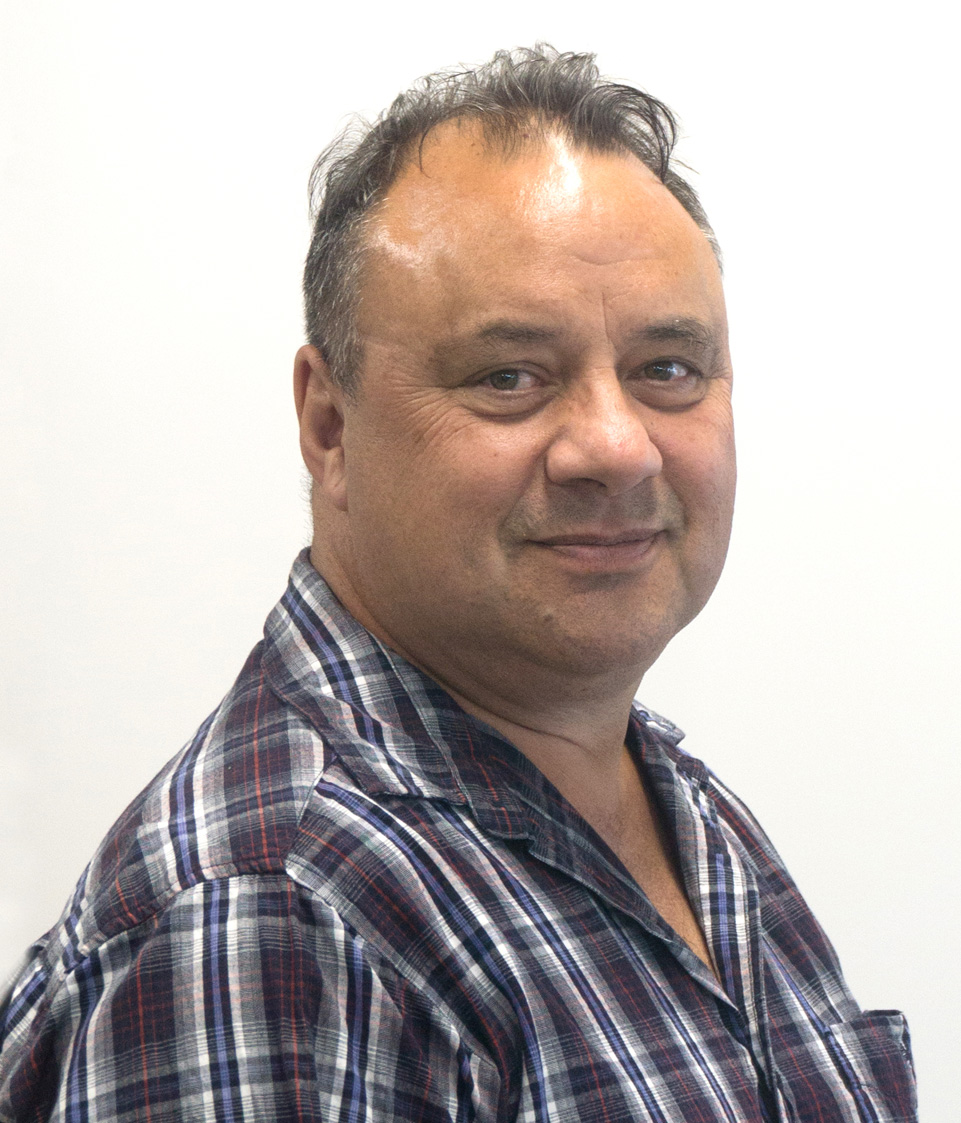
Steven Oxenham
Rengarenga Marae

Grant Thompson
Paparaamu Marae
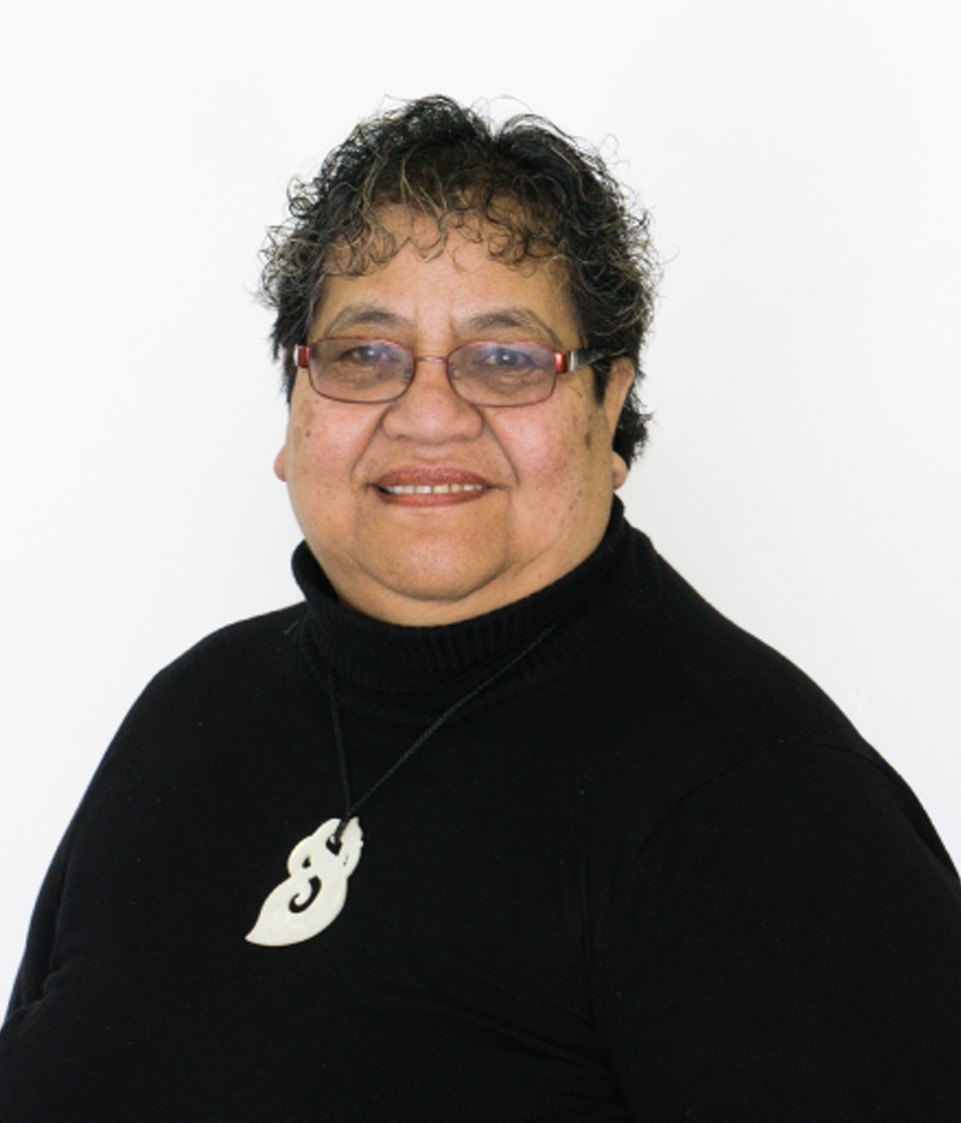
Marina Hireme
Tāpapa Marae
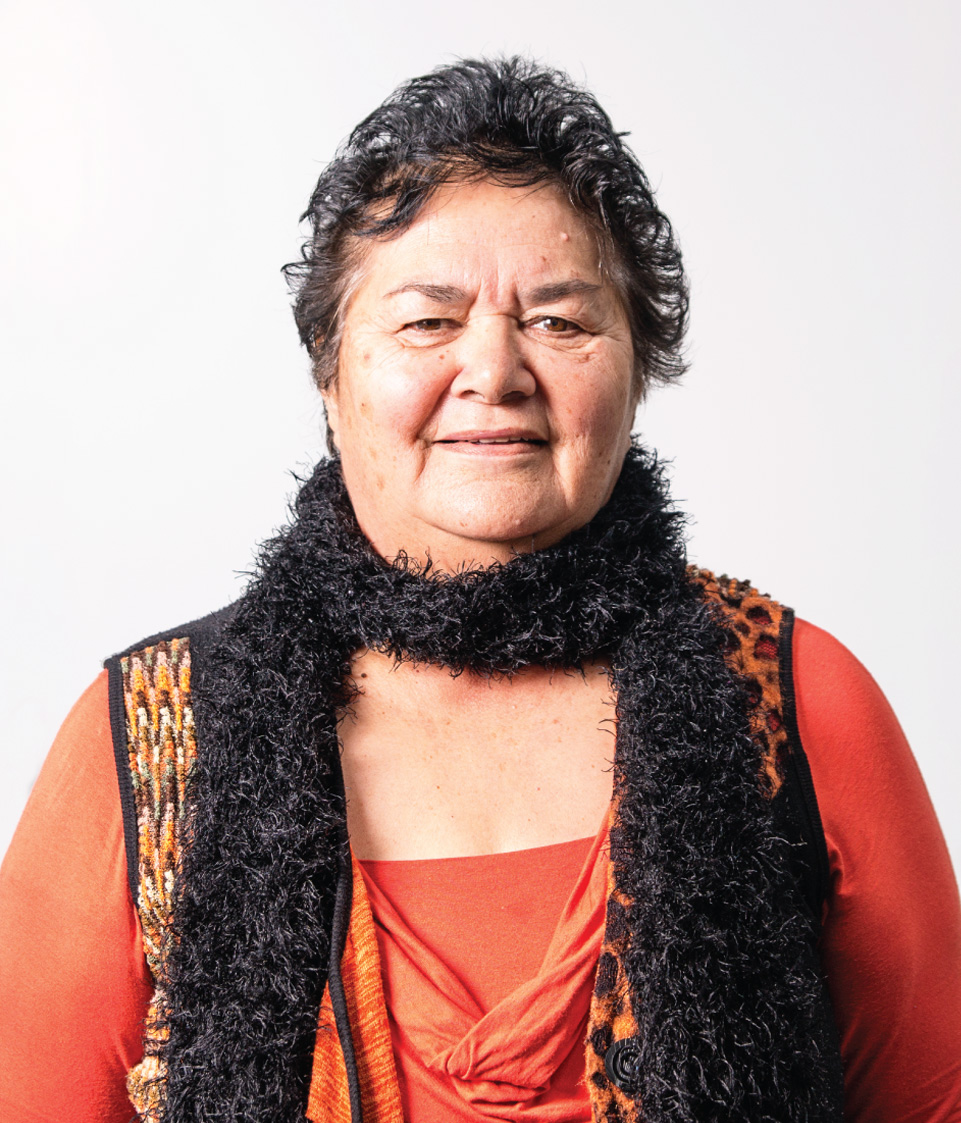
Rina Lawson
Mangakaretu Marae
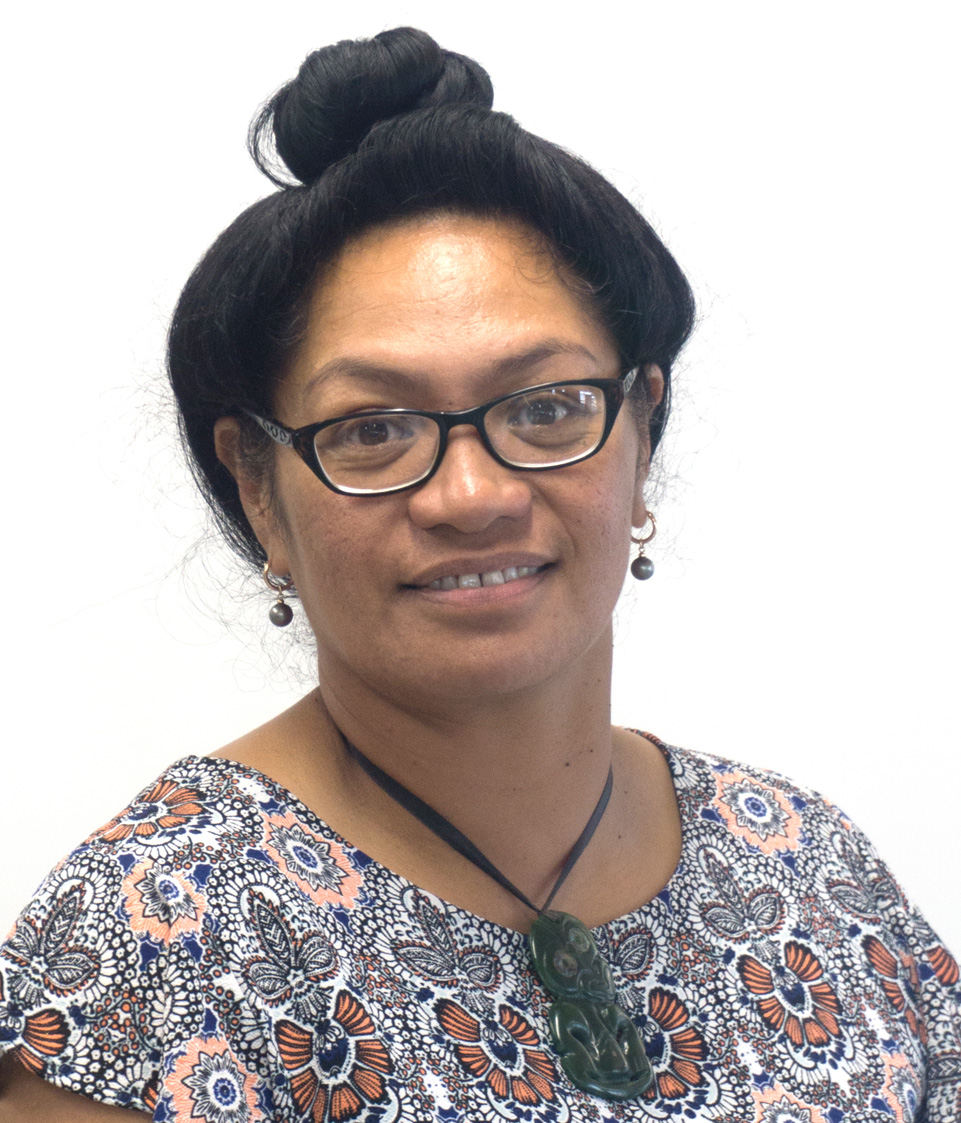
Juanita Temarama
Whakaaratamaiti Marae

Te Ao o te Rangi Apaapa
Tangata Marae

Aotearoa Marae
The Raukawa Kaunihera Kaumātua is an informal recognised Council of Raukawa elders who provide leadership, advice, guidance and support to the Raukawa Group Entities and Raukawa whānui in respect of all matters pertaining to Raukawa kawa and tikanga.
The Raukawa Iwi Development Limited (RIDL) : the RIDL is the commercial arm of the RST. There are 6 directors appointed to the board. They consist of 3 members of RST, an independant Chair and a further independant position and a specific Raukawa independant director. The RIDL is tasked with managing and growing the commercial aspirations of the iwi particularly the settlement redress.
The Raukawa Asset Holding Company (RAHC) : the RAHC holds the iwi fisheries quota.
The Raukawa Charitable Trust (RCT) : the RCT is tasked with achieving the social (including health), cultural and environmental aspirations of the iwi. The RCT has its own governance board of five RST members that report to the RST quarterly. The RCT have five business groups.
Raukawa Charitable Trust Structure

Raukawa Charitable Trust

Kaunihera Kaumātua
(Hori Deane – Chairman of Kaunihera Kaumātua)

Kōuru Whakahaere
GM Executive Office
Governance support & advice
Leadership of all RCT & RST operations
Human Resources
Protecting Raukawa deeds, and iwi rights & interests
Raukawa Historical research
Strategic partnerships
Covid Response
Aka Tauwhiro
Corporate Services
Finance
Insurance
IT Support
Communications
Propertry and Vehicle Fleet Management
Procurement
Tribal Register
Uri Grants
Marae Development
Kakara Whakarei
Culture
Te Reo Revitalisation
Cultural Education
Taonga, Archive, Preservation, Guardianship
Raukawa History
Pūtake Taiao
Environment
Advocacy, Influence & Leadership of Environmental matters
Policy and Strategy
Guardianship of our environment
Tīwai Hauora
Health and Social Services
Nursing
Mental Health Support
Youth Transitional Support
Drug and Alcohol Counselling
Whānau Ora
Family Start
Waka Taua
Te Kei o te Waka